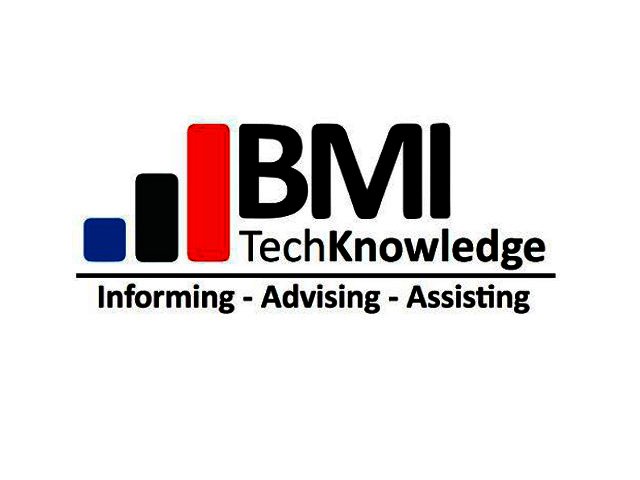More than three-quarters of South African metropolitan residents who use the internet do so daily, and over half access Facebook, browse the internet and listen to music over the internet on a regular basis. This is according to BMI-T’s recently-released SA Consumer Digital Lifestyle Research Programme (DLP).
Just under 1/4 of respondents accessed the internet on a computer at home and 79% of those did so by means of a mobile access as shown below:
Urban Metro Household internet access
“The cellphone is, as expected, the most used device when performing any of the tested internet activities”, says Clinton Jacobs, BMI-T’s senior research analyst for the DLP project.
BMI-T’s Digital Lifestyle Measure (DLM) classifies consumers into four groups - DLM1 (Low-Tech), DLM2 (Less-Tech), DLM2 (More-Tech) and DLM4 (High-Tech) based on the extent of their digital lifestyles. This unique classification of digital lifestyle is calculated by measuring:
• The types of digital goods the consumer has at home (’Digital Ownership Score’)
• Their usage of technology (’Digital Usage Score’)
• Attitudes towards technology (’Digital Attitude Score’)
Computer penetration in South African households is strongly correlated with DLM and household income. Interestingly, more tech savvy respondents without PCs show little desire to obtain one in future.
The primary reason many consumers don’t have PCs in their household is because they cannot afford one. Of the consumers who would like to get a computer, the most common driver is for their children's educational needs as well as their own education purposes.
Tablets
Tablet ownership has increased; the 2015 results indicate 12% of urban metro respondents have a tablet PC compared to 7% in 2013. A broad range of tablet screen sizes is required by urban consumers, dependent on the usage and personal preference.
Younger and more tech savvy respondents show the highest interest in crossover PC/tablets.
The DLP provides research into PC, tablet, smartphone and internet usage and activities, with an additional focus this year on Video on Demand (VOD) and Fibre to the Home (FTTH) based on metropolitan surveys of 1500 respondents.





